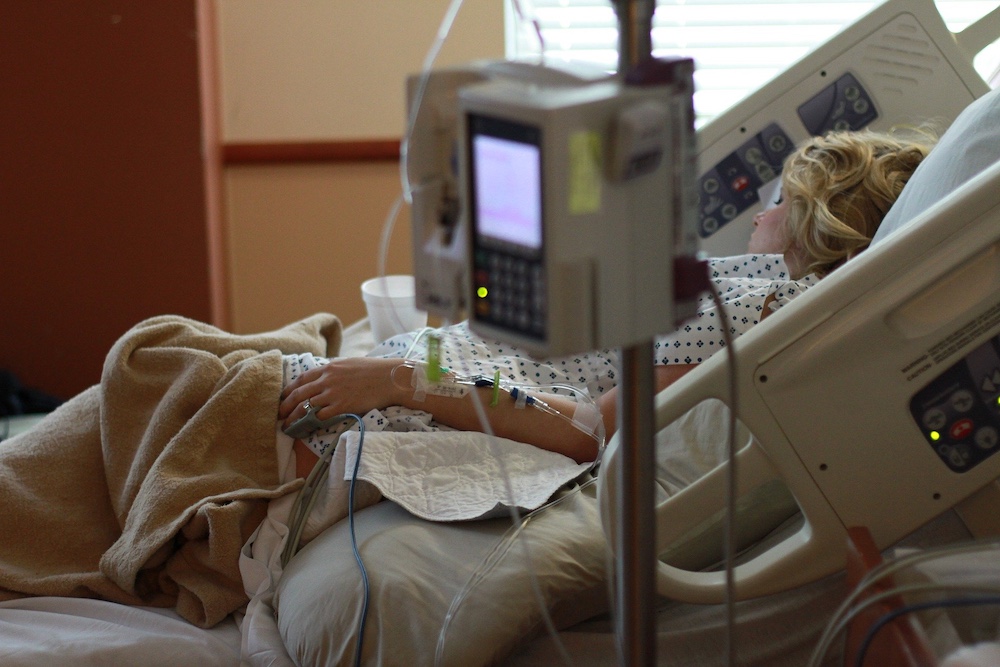Significant Reduction in Malpractice Claims After Medical Simulation Training
Healthcare simulation and the practice’s related benefits cannot be denied. The growing demands for clinical spaces for those in the healthcare discipline are evident in nursing programs and medical schools. Healthcare simulation reaches far beyond the use for learners and expands to credentialed personnel as a way to refresh, increase confidence, and validate essential skills of a particular discipline or medical specialty. This article will discuss the benefits of healthcare simulation for Ob-Gyns, and will explain how the use of clinical simulation can help reduce instances of medical malpractice and subsequent claims.
Since inception, there have been concerns regarding the validity and appropriate utilization of clinical or healthcare simulation. The purpose of healthcare simulation is to replicate realistic environments and situations to expose and better prepare learners for the true healthcare setting. According to Agha and Fowler, clinical simulation training has become essential in maintaining teaching strategies, technical skills, and patient safety. Over the past three decades, the need for and importance of healthcare simulation, as well as the utilization of healthcare simulation, has steadily increased.
A recent study by Schaffer et al entitled “Association of Simulation Training With Rates of Medical Malpractice Claims Among Obstetrician-Gynecologists” found a “significant reduction in malpractice claim rates after simulation training”. The primary goal of the study was to analyze malpractice claims rates and have the participating Ob-Gyns participate in a healthcare simulation or series of clinical simulations. After the healthcare simulation(s), the malpractice claim rates would be compared to the malpractice claim rates documented earlier, along with an analysis of the correlation of how many healthcare simulation training sessions were attended by the physicians.
Sponsored Content:
The malpractice claim types ranged from one to nine, with emotional injury being on the low end, to death being the most severe. According to previous research, a large percentage of pregnancy-related deaths were preventable. The most common issues that needed to be corrected were communication (miscommunication), organizational culture, and teamwork. These “mis” communication issues were validated by the Joint Commissions and a conglomerate of medical malpractice claims data.
In this study, another goal was to utilize healthcare simulation to improve communication, collaboration, and teamwork. Simulation training is a great methodology in improving communication. “Simulating” conversations and interventions that may occur in healthcare has been advantageous amongst team members, both intraprofessional (within the same discipline) and interprofessional (between different disciplines).
The utilization of standardized or simulated patients, SPs, increases the fidelity of either situation. An additional benefit of healthcare simulation is that learners receive feedback on performance and suggestions for improvement. Feedback is especially crucial in high-stakes situations, simulation experiences that usually result in a pass-fail grade.
The study results showed that the healthcare simulation series for Ob-Gyns correlated with a decrease in malpractice claims against the physicians. Furthermore, the claims were shown to decrease as the number of healthcare simulations attended by the physicians increased. Some suspect that those who attended more healthcare simulation sessions gained more skill development and teamwork, including better communication.
Sponsored Content:
The researchers considered that the physicians that participated in more than one healthcare simulation session were likely indicative of those with an increased patient safety motivation. Over the timing of this study, two years before and after the healthcare simulation(s), any reduction in malpractice claim rates also resulting in financial savings was concluded. The overarching goal of healthcare simulation is to promote safe and quality patient care, and this study provided yet another stamp of approval and validation.
The study admits to certain limitations, such as the focus being on multiple academic medical centers, whereas other studies of a similar type focused on a particular establishment; however, the academic medical centers studied were located in the same geographical area, limiting the generalizability of the study. The healthcare simulation training sessions were also located at the same healthcare simulation center.
Another limitation was that the study was completed retrospectively. Because of this, the data was more coincidental than intentional. An intentional design and methodology would have a well-thought-out thesis or research question prior to the collection of data. Similar studies related to healthcare simulation training showed a temporary significant reduction in malpractice claims.
One did not provide statistical data, but the other did, with a 51.1% reduction in malpractice claims, which was statistically significant. Evidence that healthcare simulation is a proven and effective method of learning across healthcare disciplines continues to grow. Imagine where healthcare simulation will be in the next decade with the constant technological advances and growth of simulation training programs.
Learn About the Role of Surgical Simulation in Contemporary OB/GYN Training
References:
- Agha, A. and Fowler, A. J. The Role and Validity of Surgical Simulation. Int Surg 1 February 2015; 100 (2): 350–357. doi: https://doi.org/10.9738/INTSURG-D-14-00004.1
- Schaffer, A. C., Babayan, A., Einbinder, J. S., Sato, L., Gardner, R. Association of Simulation Training with Rates of Medical Malpractice Claims Among Obstetrician–Gynecologists, Obstetrics & Gynecology: August 2021 – Volume 138 – Issue 2 – p 246-252 doi: 10.1097/AOG.0000000000004464
Dr. Tiffani Chidume is an associate clinical professor simulation center coordinator at the Auburn University College of Nursing. She has 22 years of combined experience in nursing education, simulation methodology, critical care, emergency nursing, long-term healthcare, and health information technology. Dr. Chidume is dual certified in simulation as a Certified Healthcare Simulation Educator-Advanced (CHSE-A) and as Certified Healthcare Simulation Operations Specialist (CHSOS).
Sponsored Content:

















